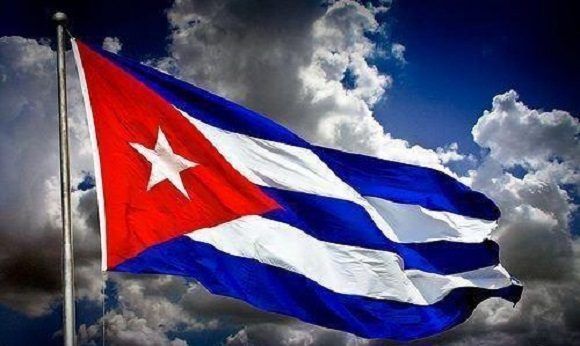José Marti said of them: “Their literature was not in what they wrote, but in what they did. The rhyme was wrong sometimes, but only pedants and rascals would criticize them, because they died well.”
Something similar can be said of those who sang improvised ten-line verses in the heat of the battle for freedom, during the glorious Ten Years War (1868-1878). However, the fruits of that “sung communication”, as defined by musicologist Maria Teresa Linares, got lost and forgotten through the years. The same did not happen with written literary creation, which received the benefits of publication in scattered libels such as “El Mambi”, “El Cubano Libre”, “La Estrella Solitaria” and “La Estrella de Jagua.”
It’s easier to keep track of the marches and hymns written before and during the so-called Great War.
From the previous stage, there is a hymn written for the Cuban revolution, both lyrics and music, by patriot Francisco Agüero, the first fighter who died for Cuban independence. It was titled “Cuban Anthem” a march that was intended to encourage the guerrilla moves of the insurrectional movement structured by Agüero under the slogan of Independence or Death, when he landed near Santa Cruz del Sur, in 1826.
It is also said that when Narciso Lopez and a group of men took for 19 hours the city of Cardenas, Matanzas, they had an anthem written by Lopez himself, with lyrics by Placido Gener.
In August 1867, the outbreak of the liberation war was being prepped in the eastern region of the country. During the preparations, patriots Francisco Vicente Aguilera and Francisco Maceo-Osorio suggested Pedro Figueredo to write the “Cuban Marseillaise.”
Back home, Figueredo instead wrote “La Bayamesa”, in honor of his hometown. This march was massively intoned, for the first time, on October 20, 1868, and through the years it became Cuban National Anthem.
“A Las Villas”, written by poet, journalist and commander Antonio Hurtado del Valle, in February 1874, was less publicized than the above-mentioned hymn. Generalissimo Maximo Gomez had explicitly ordered it, when he decided to recover Las Villas to carry on with his plan of invading Cuban West. From that moment on, the composition became a song of battle and victory for Las Villas people.
Some consulted sources report about another march or hymn, written during those years by Jose White-Laffite, the first great Cuban and Latin American violinist. He titled it “Cuban March”, with the purpose that this would replace the “Spanish Royal March”.
Actually, other pieces composed by White were referents of patriotism for the Cubanhood intrinsic to them. Such is the case of “La Bella Cubana”, written in the mid-XIX century, when our nationality was being consolidated
White’s “La Bella Cubana”, is one of the three emblematic songs of Cuban music, according to musicologist Zoila Lapique.
The added value to the Cuban violinist’s works was evidenced in his last show in Cuba, in the concert of April 22, 1875, at the Tacon Theater, in Havana. There he played his “Fantasia sobre aires cubanos”, a piece that aroused passionate phrases from the Cuban public.
As s result of the turmoil, the Spanish authorities ordered him to leave the country, on the grounds that his presence in Cuba and his artistic activities were against the interests of Spain.
There was another kind of musical composition that we will call “learned” to distinguish it from the one we mentioned before, written by illiterate peasants and even by slaves.
Another example of political-musical transmutation was “La Bayamesa”, from 1851, composed by Francisco Castillo-Moreno, Jose Fornaris and Carlos Manuel de Cespedes. It was written for a woman, Luz Vazquez, with a loving essence and refined musical making.
After the revolutionary outbreak of October 10, 1868, the song accentuated its nationalist hallmark, when lyrics of revolutionary nature were created over its music.
So far, the aforementioned examples unmistakably prove that music in Cuba is a reflection of its patriotic and warring history.
Translated by Pedro A. Fanego



